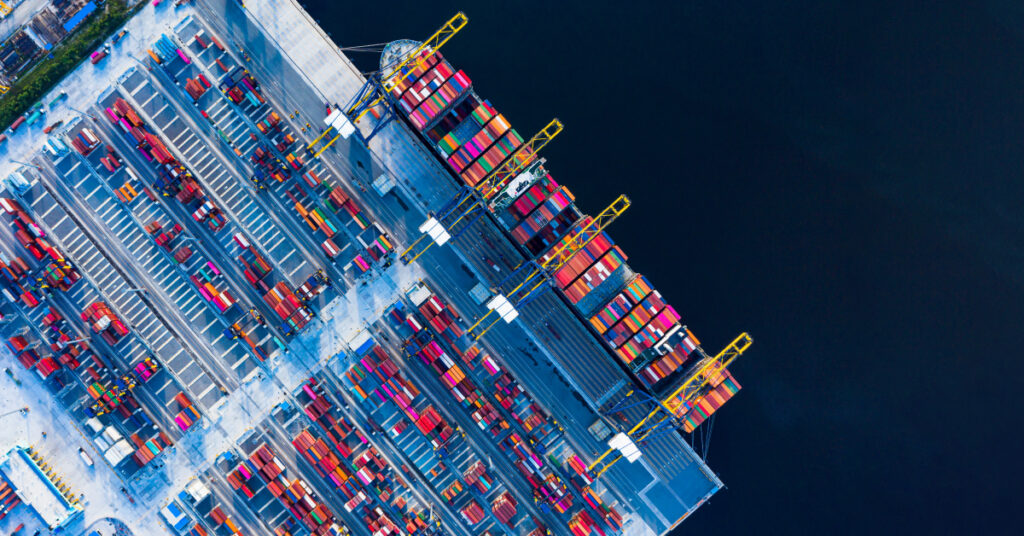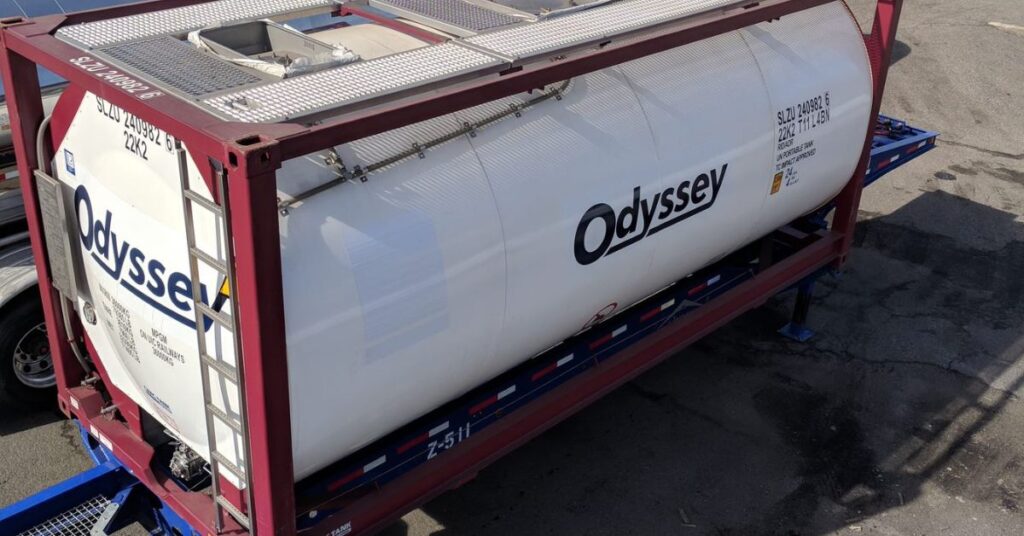A keen focus on sustainability is paramount to doing business in today’s environment. When designed and executed properly, sustainability does more than protect and improve the environment. It can help shippers and carriers build stronger, more profitable supply chains — while providing people across the world with dependable access to food, medicine and other essential goods.
Sustainable logistics can be a growth engine for shippers and carriers as the world moves toward carbon neutrality by 2050. The key is finding smart, new paths for sustainability and economic growth to work together. Honoring the planet and driving growth can be achieved simultaneously by applying new thinking and emerging technologies in the right ways. Here’s how.
Leverage current and emerging technologies. Approaching logistics as it’s always been done won’t advance sustainability or the bottom line. Shippers need to fully leverage the power of a host of current and emerging technologies that show great promise for driving sustainability as well as business goals.
Leading the pack are electrification, alternative fuels, dynamic routing, predictive and prescriptive analytics, artificial intelligence (AI), and internet-of-things (IoT) enabled devices to reduce our collective carbon footprint and ensure sustainable growth for all.
Unlock new possibilities through visibility. Keeping information siloed won’t lead to success. Shippers need visibility through data collection and analytics to advance sustainability goals at their organizations. Real-time visibility — along with predictive and prescriptive analytics — can unlock data and enable better and more beneficial supply chain choices.
For example, emissions calculations and other key metrics can be determined using data collection tools and following CEFIC/ECTA guidelines. Business intelligence (BI) tools can also be used to play out hypothetical scenarios (changing lanes, modes, etc.) to make choices that align with an organization’s cost, quality and sustainability goals.
Navigate ever-tightening regulations. Despite the immense challenges of the COVID-19 pandemic, an overwhelming majority (80%) of large and very large organizations maintained or accelerated their efforts toward a more sustainable supply chain, according to the State of Supply Chain Sustainability 2021 study by the MIT Center for Transportation & Logistics. Study respondents attributed their sustainability commitment to a variety of sources: government and international bodies, mass media, local communities, NGOs, external corporate buyers, employees and company executives.
The compliance and reporting landscape is rapidly evolving at both industry and government levels. Increasingly, shippers will be required to demonstrate and report progress against sustainability goals. Organizations will need to have tools and best practices in place for calculating carbon emission reductions and other key sustainability metrics. They will need to track the changing regulations while making reporting as simple and accurate as possible. To make the process less arduous, shippers and carriers can rely on third-party providers that provide consulting and education to develop effective sustainability policies and practices.
Outlook
Creating a world where goods move freely and people are empowered to build the businesses and communities they envision matters. Sustainability in those environments is foundational to that purpose. By leveraging the best sustainability technologies and thinking from every industry, not just logistics, we can reduce carbon emissions and build clean, resilient supply chains.
Learn about Odyssey’s Cloverleaf™ Sustainability Program here.









